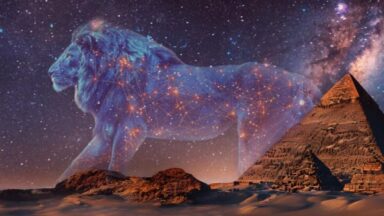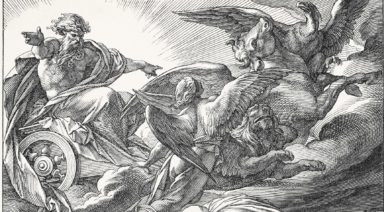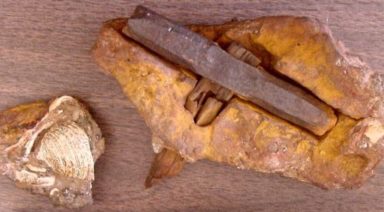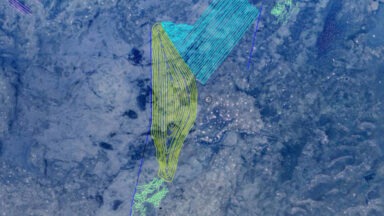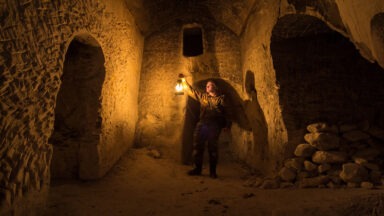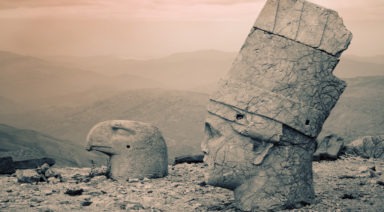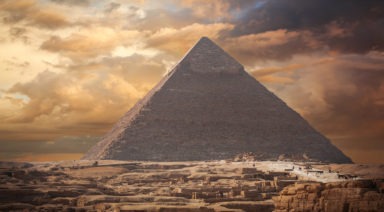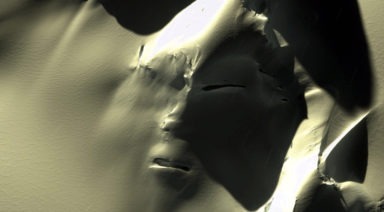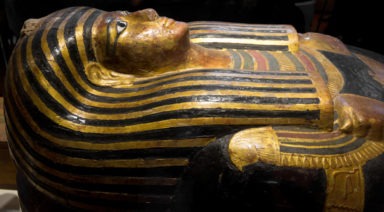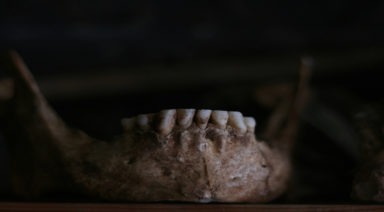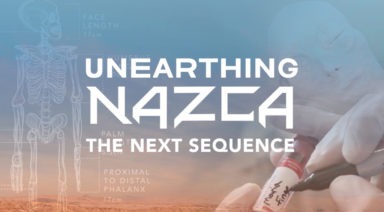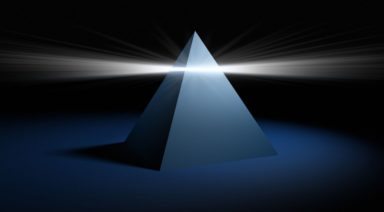Ancient Protection: Using Apotropaic Magic to Ward Off Evil
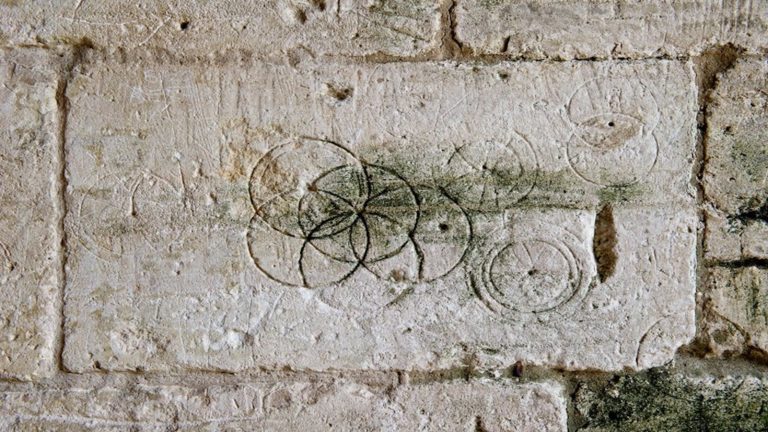
Ancient cultures regularly called upon the powers of magical, or apotropaic, symbols and rituals to guard them and their loved ones from evil. While some of these images seem to have faded into obscurity, one can still find them in their various forms — especially in the United Kingdom — often hidden in plain sight.
“Apotropaic” is derived from a Greek word, meaning “to ward off” or “to turn away,” and when applied to magic, it becomes an umbrella term for various symbols used on a house to keep evil from entering, as well as specific objects imbued with magical powers that protect those wearing or traveling with them.
Traditionally found engraved or etched onto, or burned into areas of entry, — especially windows, fireplaces, and doors — apotropaic symbols are seemingly commonplace on ancient buildings with inhabitants who were fearful of evil spirits. Those interested can find them on houses, barns, churches, and cellar doors.
In February 2019, the largest discovery of British apotropaic marks was made during one of many tours in Creswell Crags, a limestone gorge replete with cliffs and caverns. Here, one can get a feel for the way caves were used during the Upper Paleolithic, Mesolithic, Neolithic, Bronze, and Roman ages. More than 100 of these so-called witches symbols were found, covering the walls and ceilings of the gorges’ numerous caves, and etched over dark holes and large crevices.
More than 50,000 visitors a year tour Creswell Crags, now considered a world-renowned heritage site. Until late, these medieval symbols were dismissed as common graffiti, but now experts claim that the scrawls are “actually the work of locals who once believed the ominous deep openings were a gateway to the underworld. The etchings were an apparent attempt to keep devils, witches and other evil occupants from spilling out.”
Lines and Shapes
Apotropaic symbols were most commonly created in three forms: a circle, a pentacle, and a “VV” shape. Less frequently, they have also found in diagonal lines, boxes, and mazes — and as hundreds of other variations on these themes.
The Daisy Wheel, or flower of life — a symbol resembling an encircled six-petaled flower — was the most frequently used witches’ symbol. Its single, continuous line was believed to be followed by evil spirits, and was used to confuse and trap them. Two small daisy wheels have even been discovered by the door leading into a beer cellar at Shakespeare’s birthplace at Stratford-upon-Avon, and many are still to be found in surviving English churches, as well as in medieval houses and farm buildings.

Daisy wheels inscribed at Bradford-on-Avon via historicengland.org
While the pentacle symbol is presently associated with paganism, it was regarded as the opposite in the Middle Ages— a mark imbued with the power to ward off witches. The five points on these stars were believed to represent the five wounds of Christ, and pentacles were most often worn as protective charms rather than etched into buildings.
In addition to designs, various letters are still believed to have significant power, depending on their associations. Most popular at the pinnacle of apotropaic usage was the “VV,” thought to evoke the protection of the Virgin of Virgins, or the Virgin Mary. Variations on this symbol appear as well, including “AM” for “Ave Maria,” and “M” for “Mary.”
In an era before scientific materialism, inhabitants of medieval villages attributed sickness, crop failures, and an array of misfortunes to the mischief of evil spirits — witches, demons, the devil, and so forth.
“Witches’ marks are a physical reminder of how our ancestors saw the world. They really fire the imagination and can teach us about previously held beliefs and common rituals. Ritual marks were cut, scratched or carved into our ancestors’ homes and churches in the hope of making the world a safer, less hostile place. They were such a common part of everyday life that they were unremarkable and because they are easy to overlook, the recorded evidence we hold about where they appear and what form they take is thin.”
– Duncan Wilson, Chief Executive of Historic England
What are now considered eerie and curious representations of a bygone era of a superstitious people, apotropaic symbols continue to resonate with people who profess a profound connection with the unseen world.
Apotropaic symbols may have grown out of popular favor, but their use is far from extinguished. While it may be difficult to assess the exact number of witches and pagans in the modern era, researchers from Trinity College conducted three surveys from 1990 to 2008 and found that, while there were an estimated 8,000 Wiccans in 1990, that number grew to 340,000 in 2008. Many of these individuals still use apotropaic symbols in their rituals and sacred texts.
Want to learn more about ancient signs and symbolism? Check out our series Secret Life of Symbols with Jordan Maxwell:
11 New Hills Discovered at Gobekli Tepe Megalithic Site

Turkey just made an announcement about a major archeological discovery at Gobekli Tepe. Could this finally shed light on who built the world’s oldest megalithic site, and why?
First unearthed in 1995, the 11,000-year-old excavation site at Gobekli Tepe has yielded the most significant collection of stone pillar monoliths ever discovered. While most archeologists agree that the structure is the world’s oldest temple, they have long-debated the origins and motivations of its builders. The recent findings of 11, possibly 12, new sites around Gobkeli Tepe may provide those answers.
Andrew Collins is an ancient history researcher who has written extensively about the site.
“Gobekli Tepe is in many ways the best evidence that we have of a lost civilization—a pre-Ice Age civilization that existed worldwide and was probably wiped out by very harsh conditions and possibly some kind of comet impact about 13,000 years ago, and that the sole remnants of this went on to create Gobekli Tepe,” Collins said.






